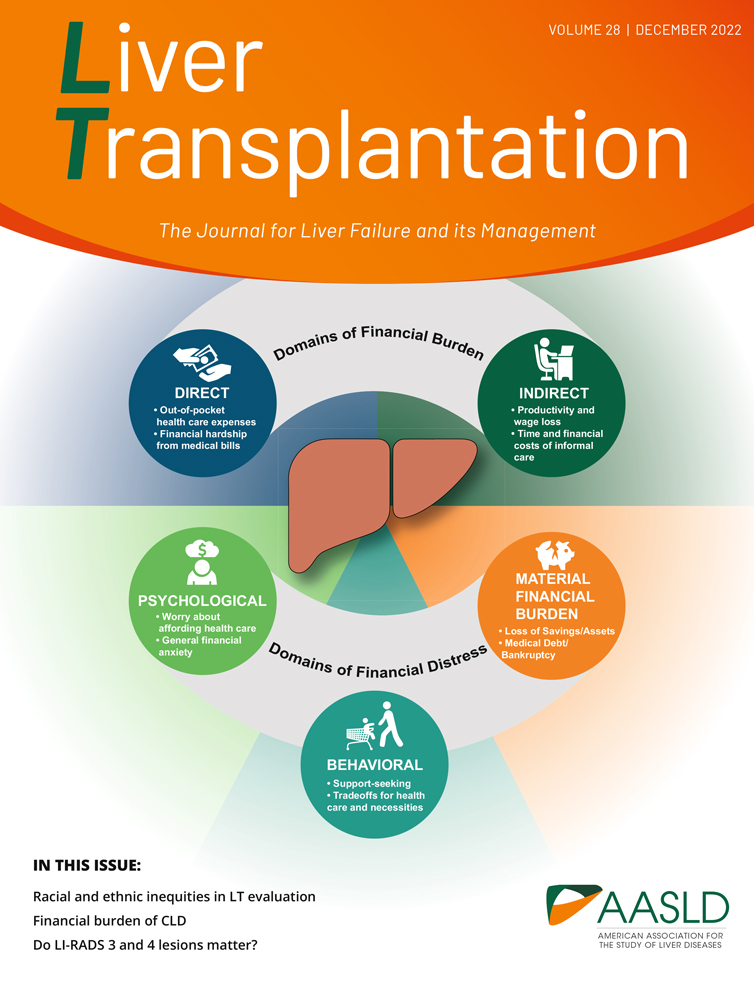Reverse transcriptase-polymerase chain reaction fails to detect peripheral-blood hepatitis C RNA in formalin-fixed liver tissue
Abstract
Currently, one of the major indications for liver transplantation is infection with hepatitis C virus (HCV). Many studies have suggested that recurrent infection with HCV is universal after transplantation. Fastidious techniques, such as reverse transcriptase-polymerase chain reaction (RT-PCR), have proved to be highly sensitive for detecting HCV RNA in serum and in fresh-frozen and formalin-fixed paraffin-embedded (FFPE) liver tissue. In this study, we wanted to determine whether the identification of HCV RNA in liver tissue by RT-PCR might reflect the detection of circulating HCV RNA in blood within the tissue, rather than implying true tissue infection. We performed RT-PCR for HCV RNA in FFPE liver biopsy specimens taken from 14 donor allografts shortly before and immediately after implantation into recipients. The recipients were known to have HCV RNA in serum and explanted liver tissue, as determined by RT-PCR. We were unable to detect HCV RNA in any of the study samples, either before or after transplantation. In a related study, qualitative and quantitative HCV RNA analyses were performed by RT-PCR and branched DNA (bDNA) amplification, respectively, on serum samples collected pretransplantation and immediately posttransplantation from 10 other patients who underwent transplantation for hepatitis C. HCV RNA was detected in all serum samples before and after transplantation by RT-PCR; however, the bDNA assay detected HCV RNA in only 6 of 10 samples pre–orthotopic liver transplantation (OLT) and in none of the immediately post-OLT samples. In our system, despite the RT-PCR detection of HCV RNA in serum before and after the transplantation, HCV RNA is not detectable in the peripheral blood that accompanies formalin-fixed liver tissue. This implies that RT-PCR detection of HCV RNA in tissue reflects true liver infection, rather than contamination by HCV RNA in accompanying peripheral blood.




